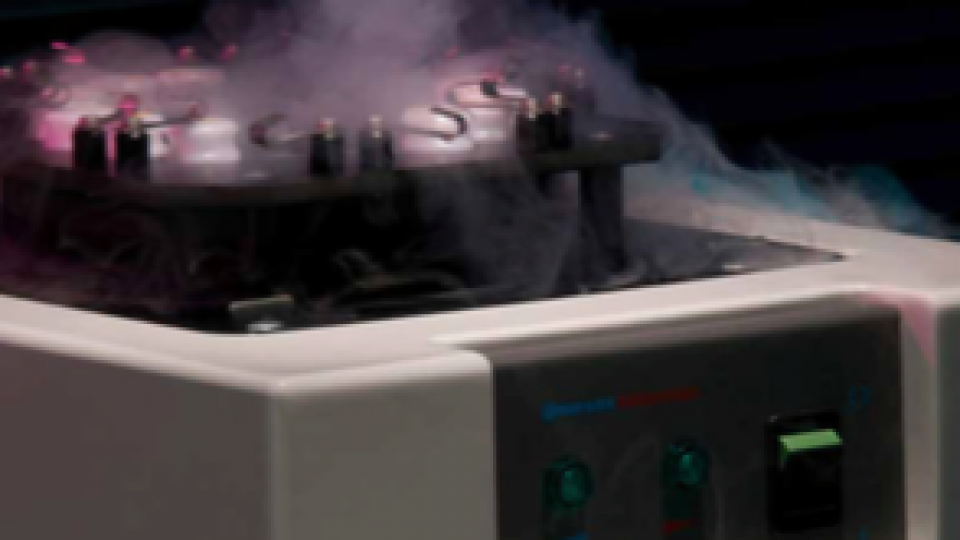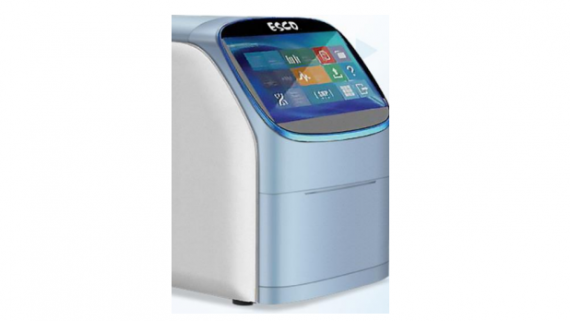Ovarian Tissue Cryopreservation Scientific Round Up
Ovarian tissue cryopreservation and transplantation techniques are rapidly becoming an accepted path for fertility preservation of prepubescence girls and women that require cancer treatment that would otherwise leave them unable to have families of their own.
To date, more than 130 children worldwide have been born using this new technique with by far the majority of these successful outcomes resulting from tissue frozen using a slow freezing process in a controlled rate freezer.
In our recently published “Ovarian Tissue Cryopreservation Scientific Round-Up” two different procedures are described – the first outlines the work from a combined team from Singapore’s Sincere IVF and Gleneagles Hospital whilst the second gives an overview of the approach used by Belgium’s Université Catholique de Louvain.
The Background
Ovarian tissue freezing has been used clinically for fertility preservation in children, adolescents and adults with cancer since 2004, following the world’s first live birth using the cryopreservation and transplantation of ovarian tissue.
Whilst the procedure has been accepted in an increasing number of countries, it is still a relatively new procedure, within the area of assisted reproduction technologies.
?Why use ovarian tissue cryopreservation and transplantation
Ovarian tissue cryopreservation represents a new technique to preserve fertility in women where these normal fertility preservation techniques are not an appropriate option.
Currently, embryo and oocyte cryopreservation are the only fertility preservation techniques considered by the American Society for Reproductive Medicine not to be classified as experimental. Unfortunately, there are several reasons why one of these approaches may not be appropriate for some patients:
Both embryo and oocyte cryopreservation require preparation and stimulation which can take several weeks to complete. This delay is often not possible or appropriate for females requiring urgent therapy.
Not all patients have partners with whom to create embryos for cryopreservation.
These techniques are not indicated for young and pre-pubertal female patients due to their inability to produce mature eggs.
For these patients, the possibility of cryopreservation of ovarian tissue (cortex) has become an urgent and highly-demanded technology.
Ovarian tissue cryopreservation and transplantation does not require ovarian stimulation and offers a promising option for women at high risk of premature ovarian failure and sterility. Furthermore, transplanting ovarian tissue not only restores fertility but also restores endocrine function.
Slow freezing versus vitrification
Ovarian tissue freezing and transplantation, using a controlled rate freezer, has a number of advantages over vitrification. The automated process of a programmable freezer allows repeatability, with an auditable trail, hence reducing the risk of human error. Slow freezing also allows larger grafts of ovarian tissue, which could be important in improving success rates.
Download our Ovarian Tissue Cryopreservation Scientific Round-Up
To find out more about the combined team from Singapore’s Sincere IVF and Gleneagles Hospital and the Université Catholique de Louvain’s approaches, download our Ovarian Tissue Cryopreservation and Transplantation Scientific Round-Up.
For further information
Ovarian tissue freezing
Successful oocyte retrieval and fertilisation after transplantation of cryopreserved ovarian tissue
New ovarian tissue freezing programme
Cancer cells purged from human ovarian tissue fragments by pharmacological inhibition of YAP/TAZ oncoproteins
First birth in Italy from cryopreserved ovarian tissue transplanted to a cancer patient
Increased follicle survival in frozen–thawed human ovarian tissue
First British woman gives birth after an ovarian tissue transplant
Unique birth from ovarian tissue frozen in 2001







دیدگاهها
دیدگاهی وجود ندارد